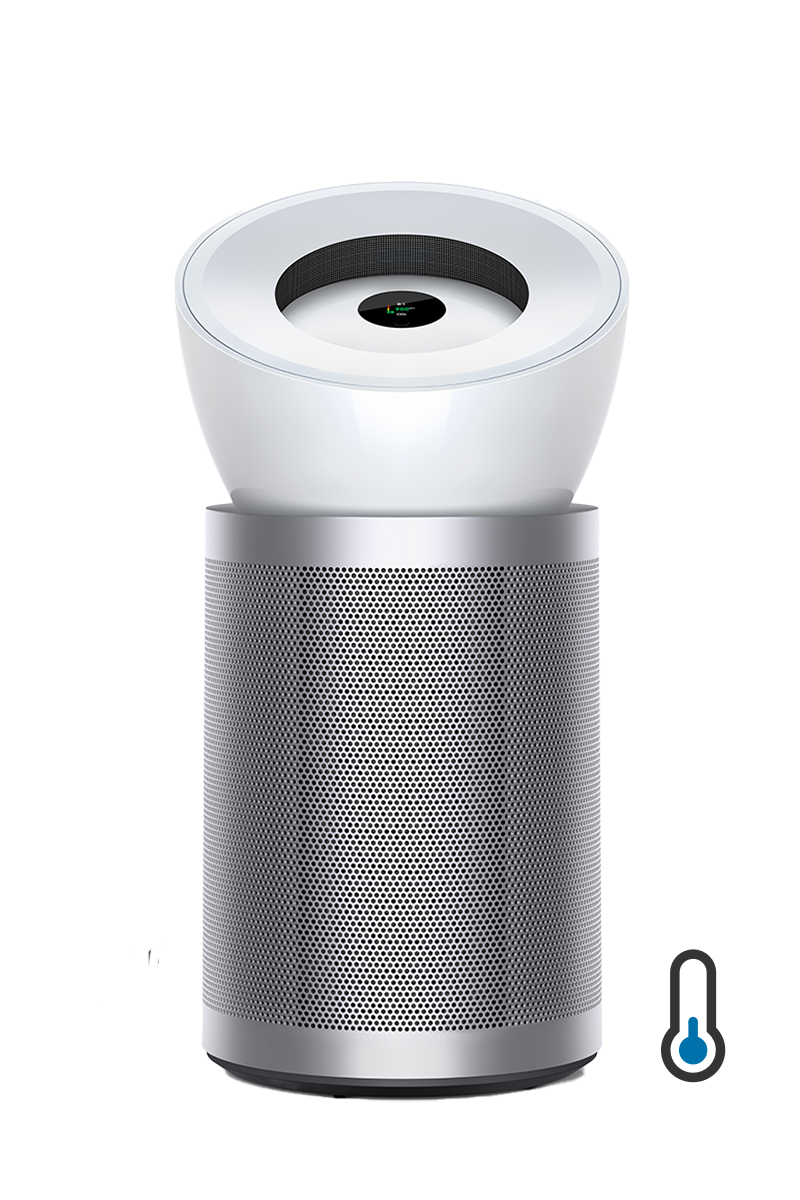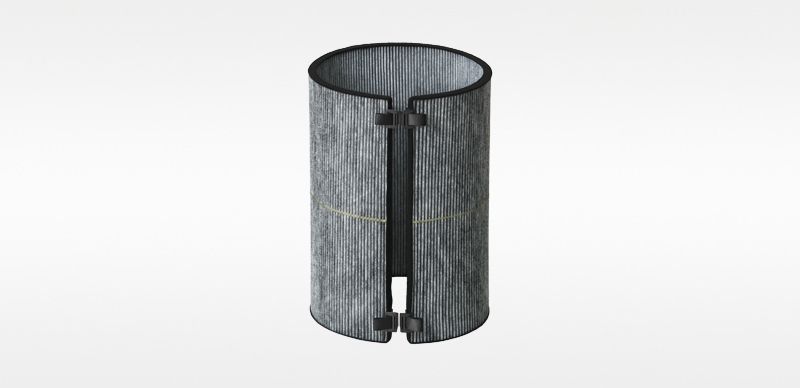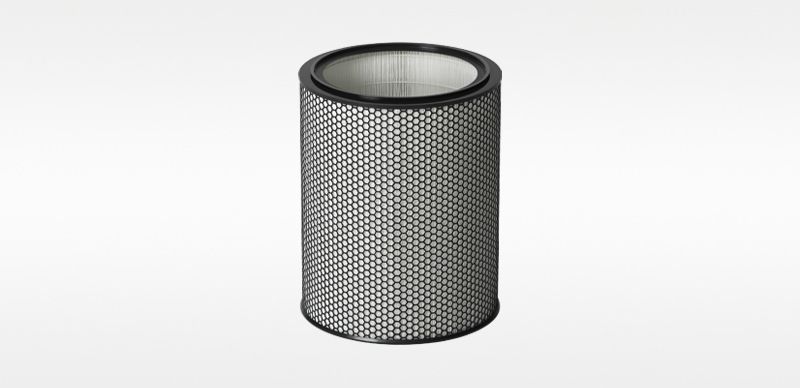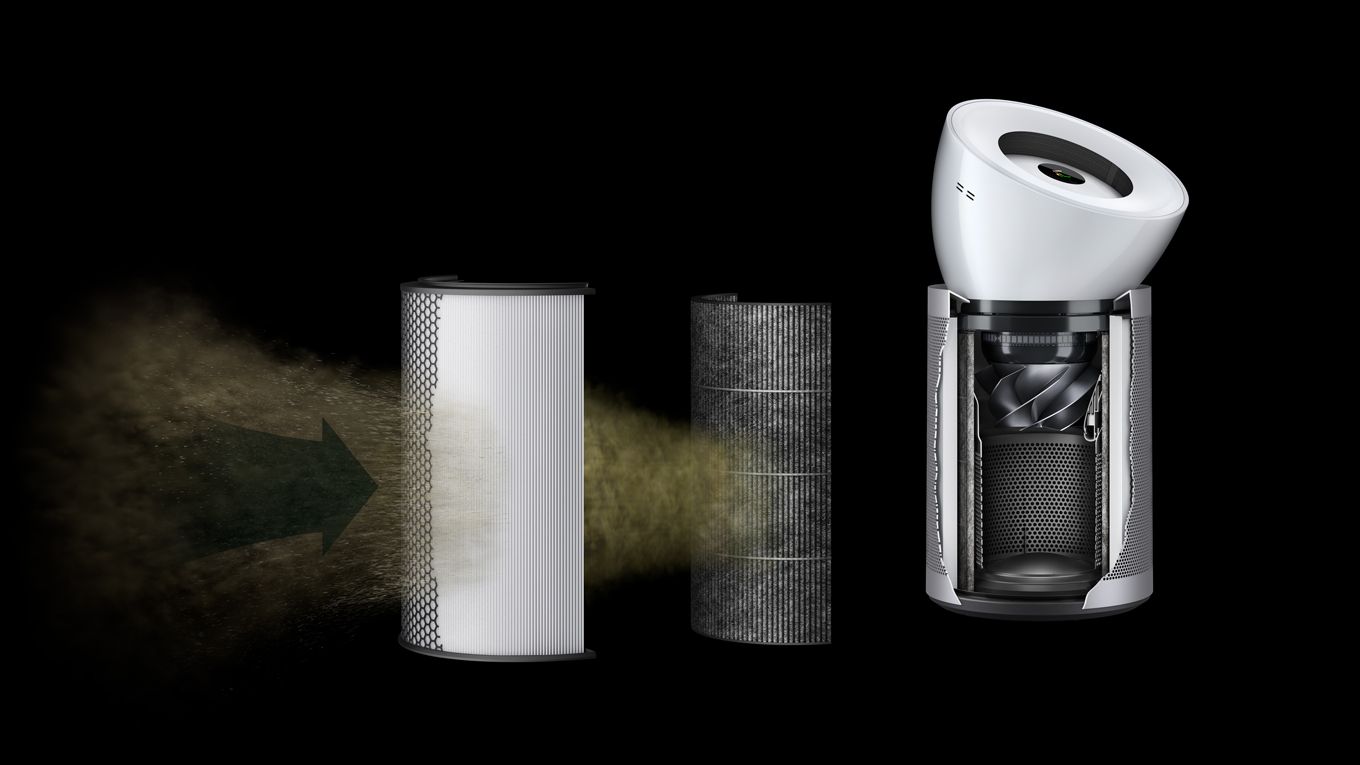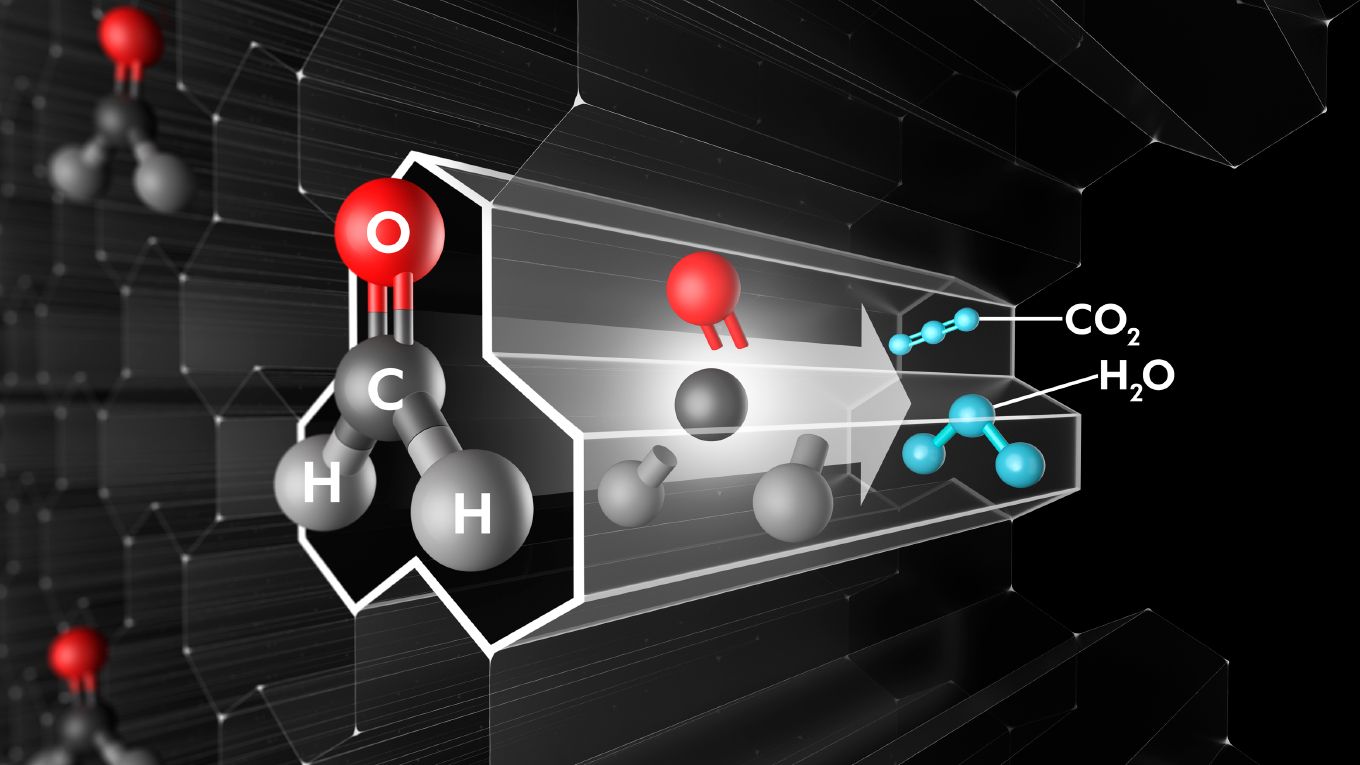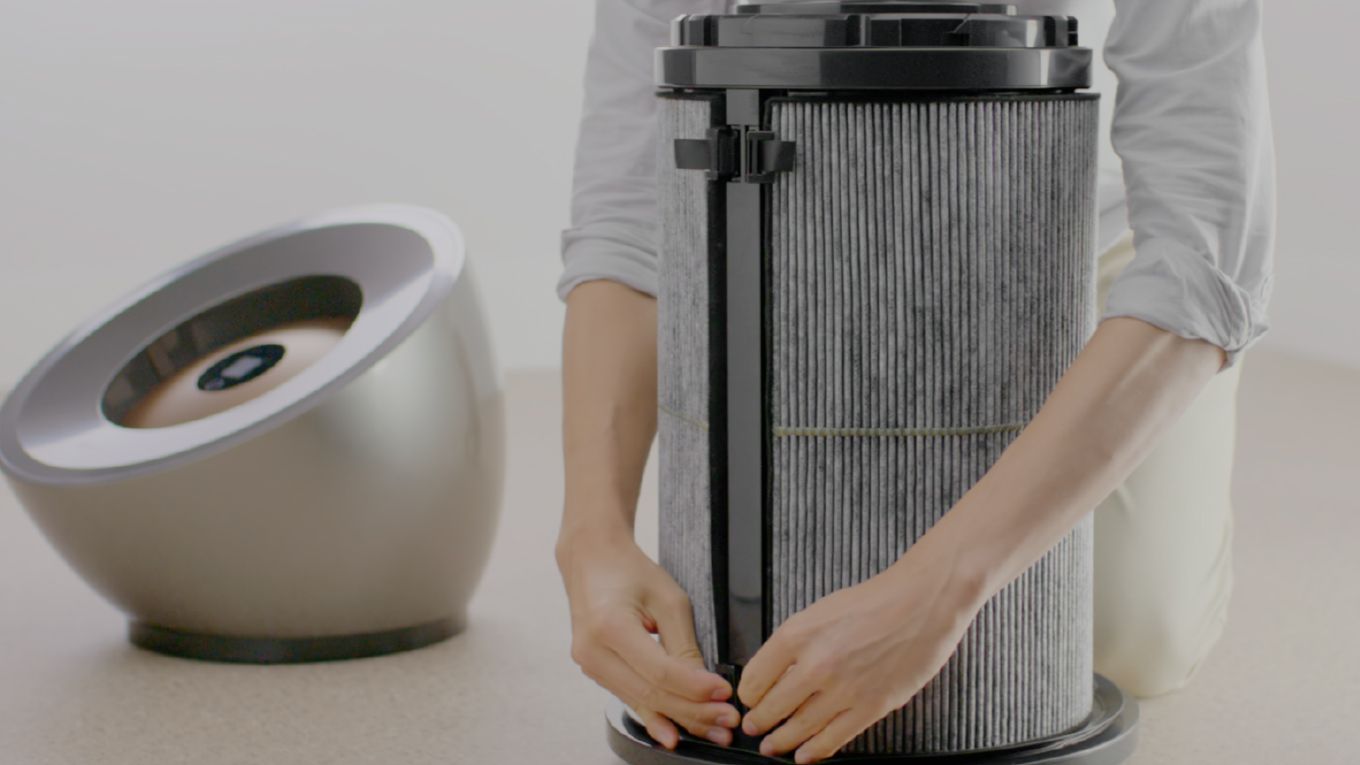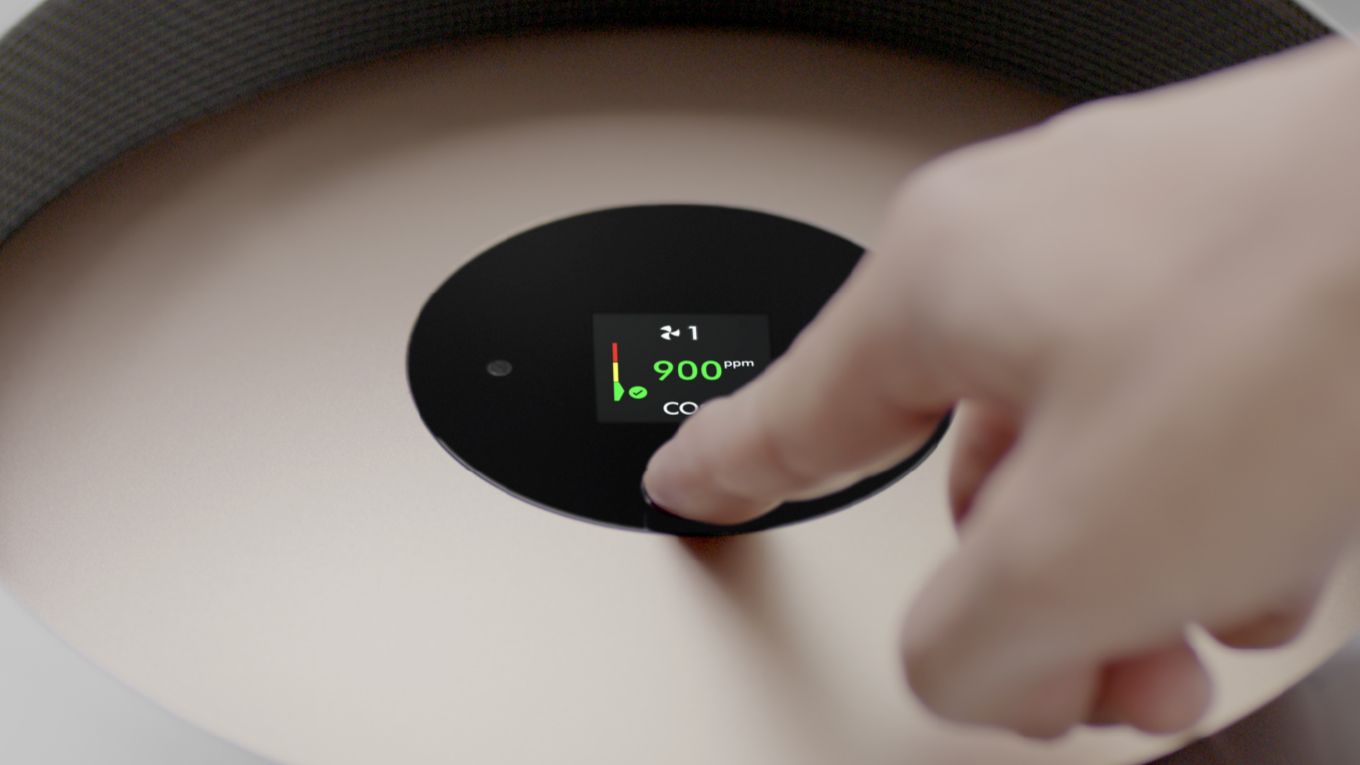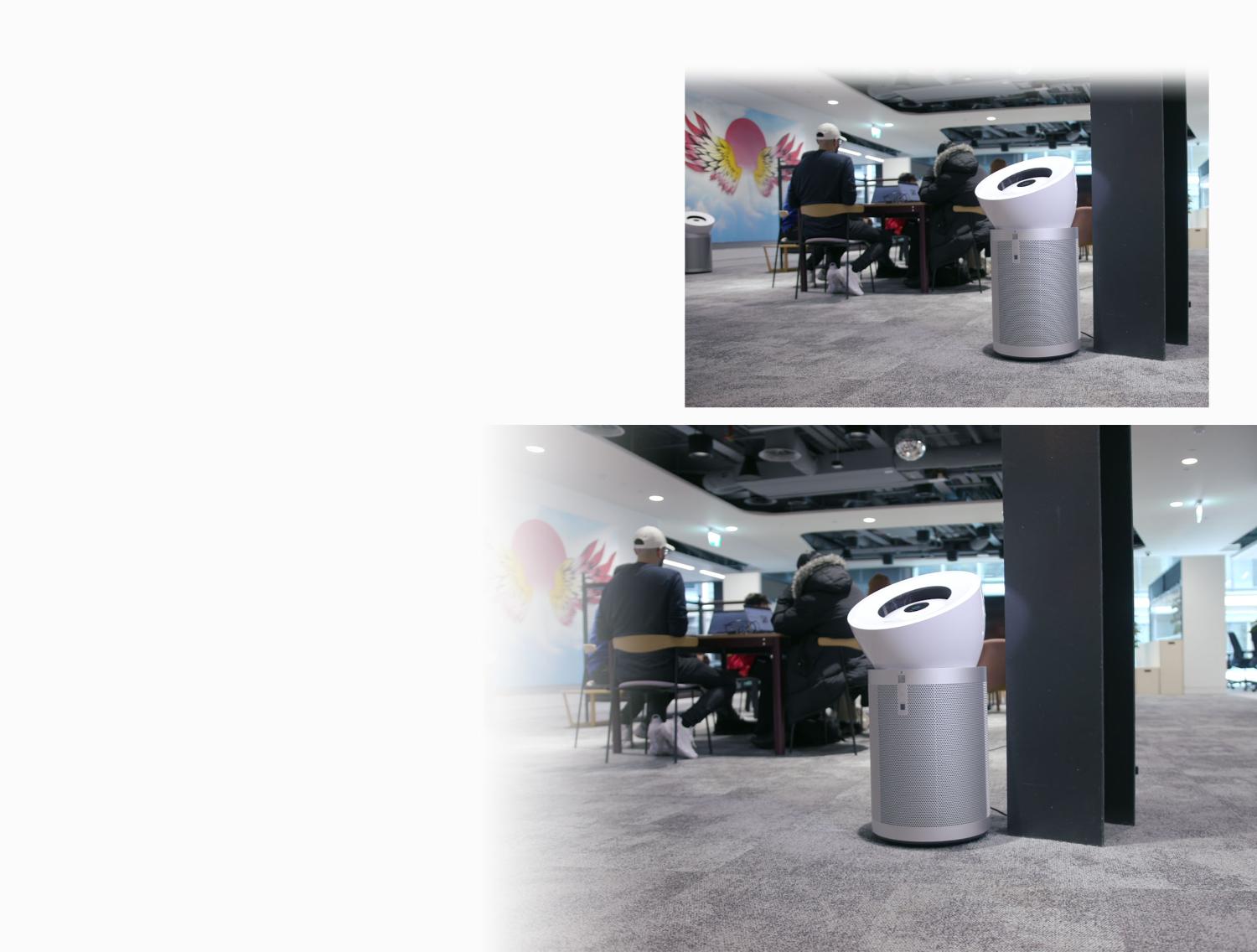
Dyson business case study
Engineered to purify large spaces, with performance and wellbeing in mind. The Dyson HEPA Big + Quiet Formaldehyde purifying fan creates a cleaner, more comfortable working environment.
Specifications
-
Fixed angle
50°
-
Standby power consumption
<0.5w
-
Quiet setting
43dBA
-
Maximum setting
55.6dBA
-
Cord length
1,800mm
-
Low airflow setting
50 ltrs/second
-
High airflow setting
90 ltrs/second
-
HEPA filter life
21,900 hrs
-
Carbon filter life
8,760 hrs
-
Room coverage
100m²
-
Weight
11.57kg
-
Height
830mm
-
Length
434mm
-
Width
415mm
In the box
-

Dyson HEPA Big+Quiet Formaldehyde
-
-

Activated carbon filter
-

HEPA filter
-
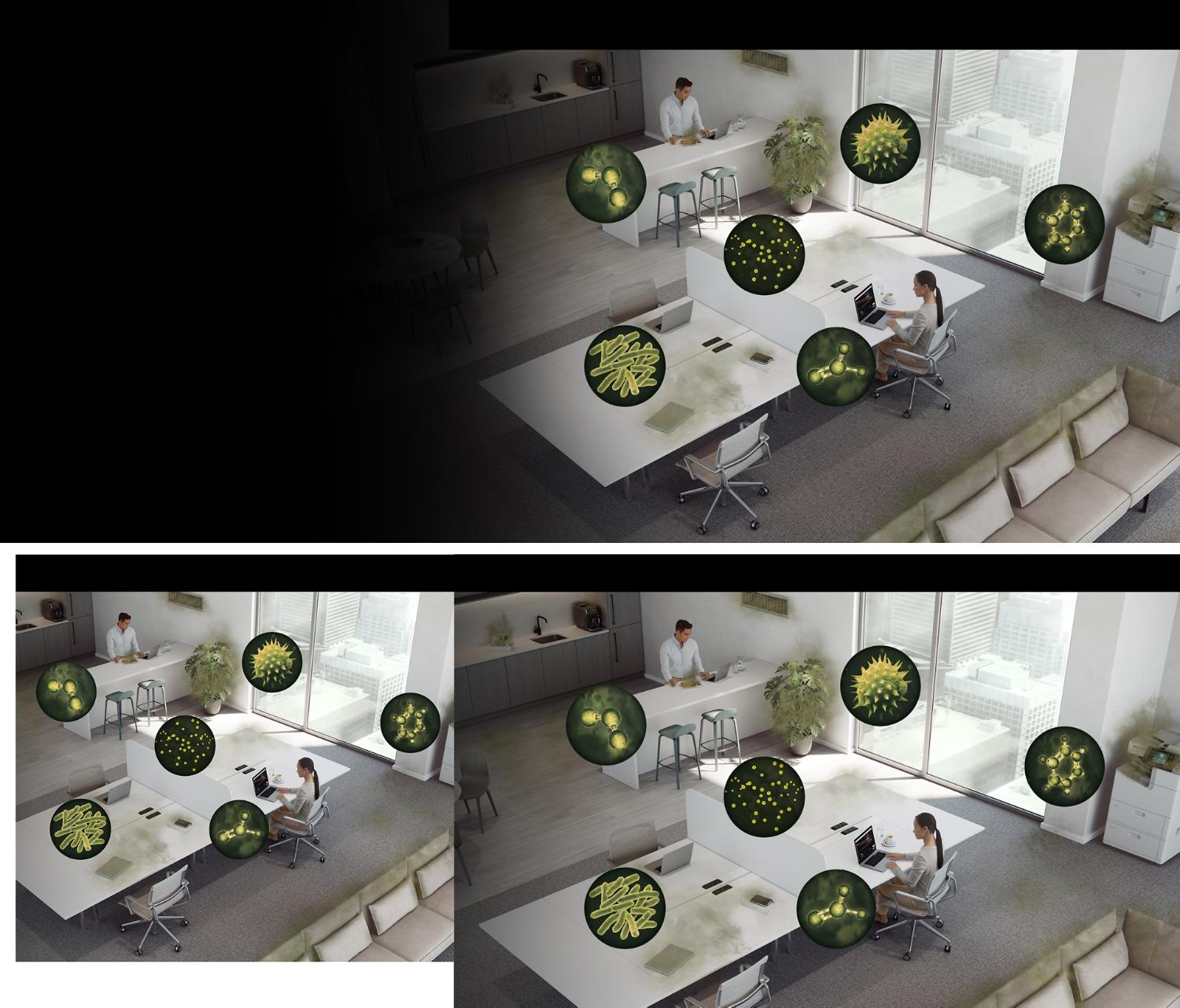
It's our business to understand air pollution, so yours doesn't suffer
Workspaces can harbour pollutants such as viruses, bacteria, Volatile Organic Compounds (VOCs), pollen and formaldehyde. Everyday items such as cleaning products and printers, furniture and flooring, can release potentially harmful microscopic particles, and remain in the air for many years.³
Dyson purifiers remove these common pollutants from commercial environments
-
Paint, varnishes and printers
Formaldehyde
-
Traffic, building materials and furniture
Benzene and VOCs
-
Fumes and cooking
Odours
-
Pollen, dust and allergens
PM10
-
Bacteria and mould
PM5
-
Ultrafine particles
PM0.1

Engineered to purify large spaces
Fully-sealed to HEPA H13 standard to capture 99.95% of pollutants as small as 0.1 microns.⁴ Purifying rooms up to 100m², evenly.¹
Senses, captures and destroys
-
Senses and reports CO₂ levels
1.44 inch LCD screen displays carbon dioxide readings and airflow mode – senses and reports air quality levels in real time.
-
Whole-machine HEPA 13 filtration²
Three phases of purification draw pollutants in from all directions. And the whole machine is fully sealed to HEPA H13 standard – so what goes in, stays in.
-
Destroys formaldehyde, continuously³
The solid-state formaldehyde sensor works simultaneously with a selective catalytic oxidisation filter, to destroy formaldehyde molecules 500x smaller than 0.1 microns.
Additional features
-
HEPA filter
The HEPA filters contain 21 metres of borosilicate microfibres, pleated over 450 times, and lasts 21,900 hours.
-
Activated carbon filter
430,000m² of activated carbon captures microscopic particles, and lasts 8,760 hours.
-
Single button operation
Two airflow speeds to increase or decrease airflow when needed.
Frequently asked questions
Our latest purifier is acoustically engineered to operate quietly – even at its highest power setting. So it reduces your exposure to pollution, without disturbing you at the office or in the classroom. It records just 55dBA of sound power at full speed.
Other purifiers claim “HEPA” standard – why is Dyson special?
In Dyson’s latest purifiers, it’s not just the filter that meets HEPA H13 standard, it’s the whole purifier. So they don’t just capture pollutants, they prevent them from leaking back into the air you breathe. High-pressure seals at 24 critical points, combined with Dyson’s fully-sealed filtration system, means our whole purifier meets HEPA H13 standard. So what goes inside, stays inside.
Why do some competitor machines have a lower dB reading than Dyson purifiers?
Some manufacturers publish dB readings based on Sound Pressure levels, which can be easily manipulated by changes in the environment. They might also be tested at low fan speeds which can limit purification performance.
At Dyson we measure and publish Sound Power levels dB(A) – the pure reading taken directly from the machine – at maximum fan speed, where purification is at its optimum.
Why does the new purifier have a CO₂ sensor?
Increased CO₂ levels can impact cognitive function. Our latest purifier senses and reports CO₂ levels and notifies when they exceed recommended levels, alerting on the LCD screen when to ventilate.


